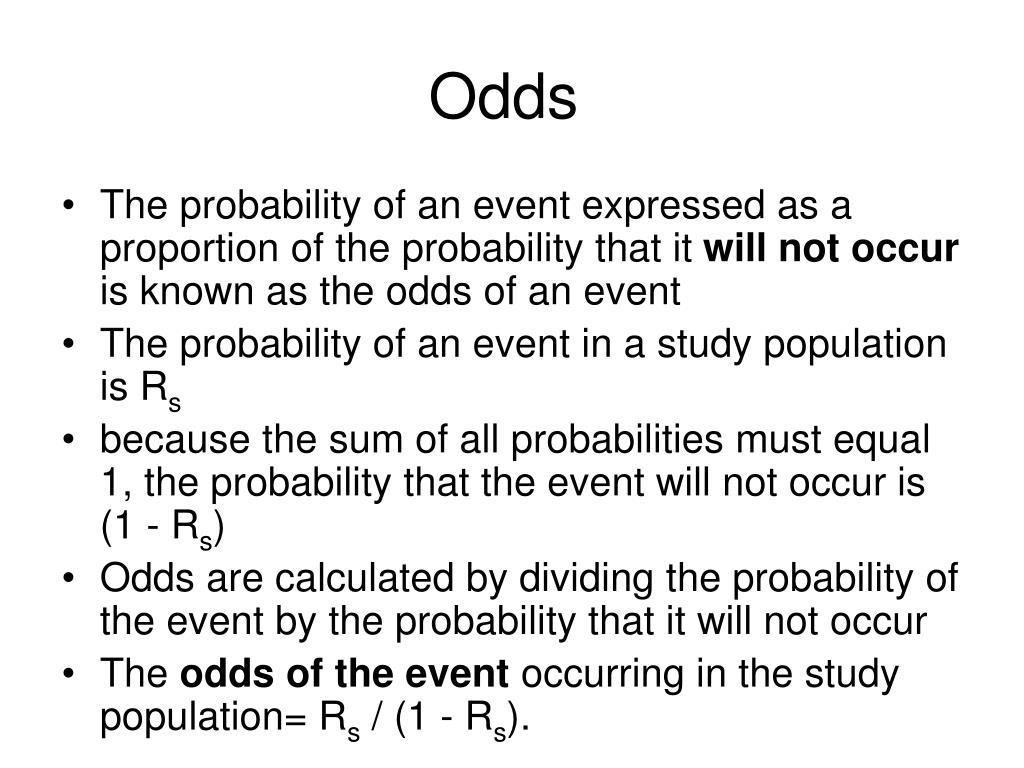

“AR of lung cancer deaths due to indoor radon exposure”. The population attributable risk percentage of smoking can be calculated as: PAR ( (A+C)/N) (C/ (C+D)) / ( (A+C) / N) 100 PAR ( (25+52)/900) (52/ (52+683)) / ( (25+52) / 900) 100 PAR 17.31 This means 17.31 of incidence of cardiovascular disease in the population is attributable to smoking. “A prospective study of the AR of cancer due to cigarette smoking.” Am J Public Health. I u = number of cases among non-exposed persons.Ĭhyou P et al.(attributable risk percent) for the exposed population attributable risk. I e = number of cases among exposed persons. found to have a greater probability of developing a particular outcome.The attributable number is a count of how many cases are attributable to a specific exposure. The formula is:Īlthough similar to the AR, the PF is more commonly used to measure the impact of public health interventions, where the AR is more often used in epidemiologic studies as a measure of disease prevalence. lives will be saved, or conditions will be prevented), then it’s called a population prevented fraction (PF) or preventive fraction. If the fraction is actually preventative (e.g. Indian male participants on the whole attributed greater fault to the rape victim than did female participants, with this difference being primarily. Like AR, PAR can also be expressed as a percentage, called population attributable risk percent (PAR%). Attributable risk is derived by combining relative extent and relative risk into a single number for ranking purposes. RR e = Relative risk because of the exposure.The population attributable risk (PAR) (also called the population attributable fraction) is similar, except instead of a group of people (a sample) it applies to the entire population (e.g. Chapter 12.If you have a contingency table like the one above (note the placement of the exposed/unexposed cases and controls), you can calculate the AR with the following formula:ĪR = – Population Attributable Risk.They should be used with caution, however, as the mathematical assumptions in the model may not always reflect the realities of biology. Such modelling techniques are powerful and readily available to users of personal computers. Proportion of incidence of a disease in a general population attributed to a specific risk factor is defined as population attributable fraction (PAF) of that. Population attributable risk estimates the proportion of disease in the study population that is attributable to the exposure. This paper reviews adjusted methods of estimation of attributable risk (AR). These parameters estimate the odds ratios for each risk factor – age, smoking, and exposure to asbestos, and are mutually adjusted. where Pr(D) is the probability of disease in the population, which may have. A computer program is then used to calculate the values of the parameters that best fit the observed data. For example, it might be assumed that his odds of developing lung cancer are a product of a constant and three parameters – one determined by his age, one by whether he smokes, and the third by whether he has worked with asbestos. These assume that a person’s risk of disease is a specified mathematical function of his exposure to different risk factors and confounders. Attributable Risk(AR) (sometimes called Attributable Proportion or Attributable Fraction) is a measure of the prevalence of a condition or disease. Other methods, which are used more generally to adjust for confounding, include mathematical modelling techniques such as logistic regression.

I N P(D) expected number of diseased individuals in the population. The techniques of standardisation are usually used to adjust for age and sex, although they can be applied to control for other confounders. Some authors Miettinen (1974), Kleinbaum (1982) use the term.


 0 kommentar(er)
0 kommentar(er)
